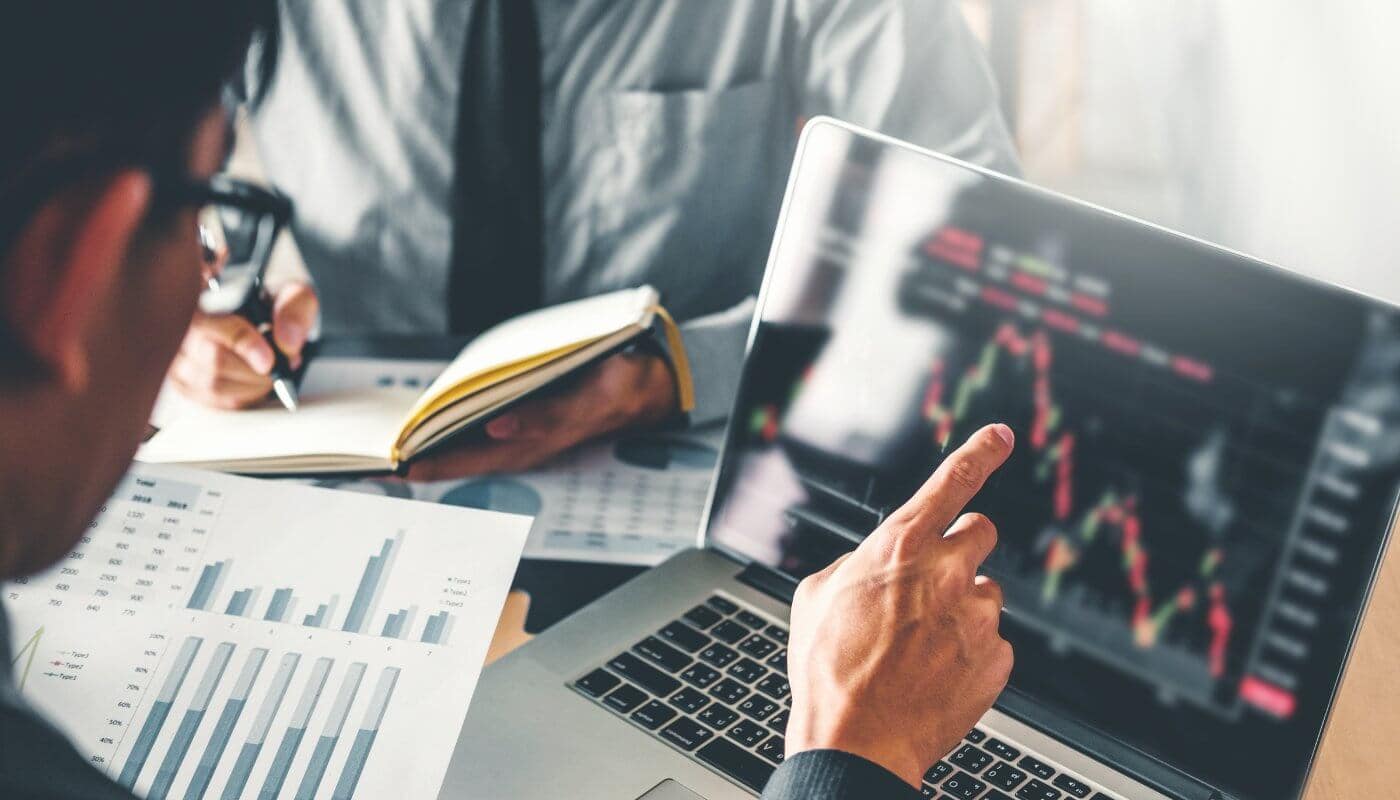A low-carbon future is expected to be mineral intensive, as clean energy technologies use more minerals than fossil-fuel-based technologies. The power generation from solar photovoltaic, wind and geothermal energy requires minerals and metals such as lithium, cobalt, aluminum, copper, etc. Moreover, the support infrastructure needed for renewable energy, such as transmission lines, electrical equipment, components, etc., will require additional metals.
Lithium is one of the most important metals used in clean energy technologies and is widely perceived as the metal that will catapult the world into a low-carbon future. It is an essential element for lithium-ion (Li-ion) batteries, which are used in a range of consumer electronic products, energy storage and EVs. Lithium has many other applications, such as in grid-scale energy storage, aircraft, glass ceramics, aluminum alloys, and pharmaceuticals.
At present, nearly three-quarters or 73.2% of total global greenhouse gas emissions (GHGs) come from the energy sector. Therefore, affordable and flexible electricity storage technologies would be key to the much-needed transition to clean energy. Li-ion batteries are not very expensive, enable flexible installation, and provide rapid response and modularization, because of which their use is expected to increase exponentially in the near future. Therefore, Lithium is expected to act as a key catalyst as the world undertakes an energy transition.
According to the IEA, the world needs ~10,000 GWh of batteries and other forms of energy storage to meet its climate and sustainable energy goals by 2040. This is approximately 50 times the size of the current battery and energy storage market and is expected to dramatically increase demand for lithium.
Demand for lithium will also be propelled by EVs, which will have an indispensable role to play in the achievement of net-zero emissions worldwide. EVs are set for significant growth over the coming decades, and the projected number of EVs on road could reach ~145 million by 2030. If governments pull together to achieve the ambitious goal of reaching net-zero emissions by 2050, the global EV fleet could be >250 million.
On the other hand, lithium is not an infinite resource. As a large proportion of the world’s energy transition plan will bank upon the use of lithium, recycling and development of a circular economy around the lithium value chain is of utmost importance. Protecting and securing lithium supply chains require the development of sustainable models and is a field that innovative entities can venture into.
Click the link to read our full ‘Lithium – The Energy Transition Catalyst’ update.
For more information, speak with an expert here.




